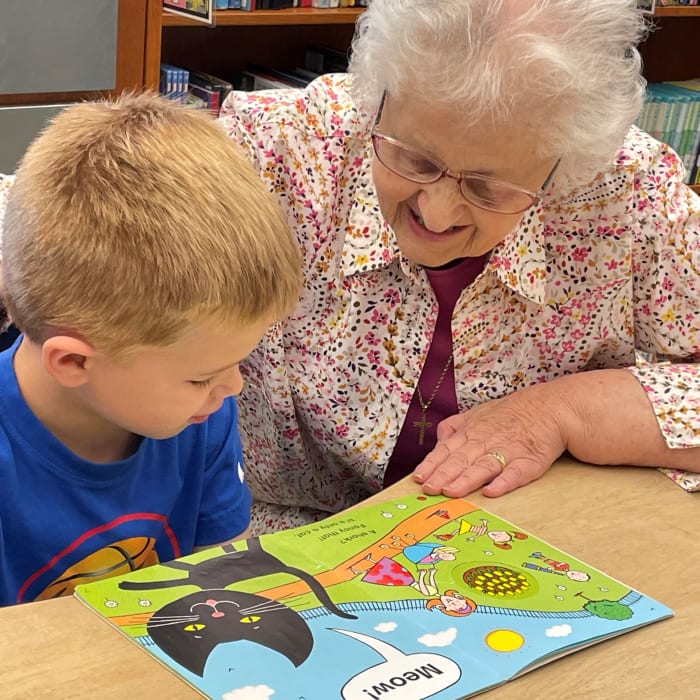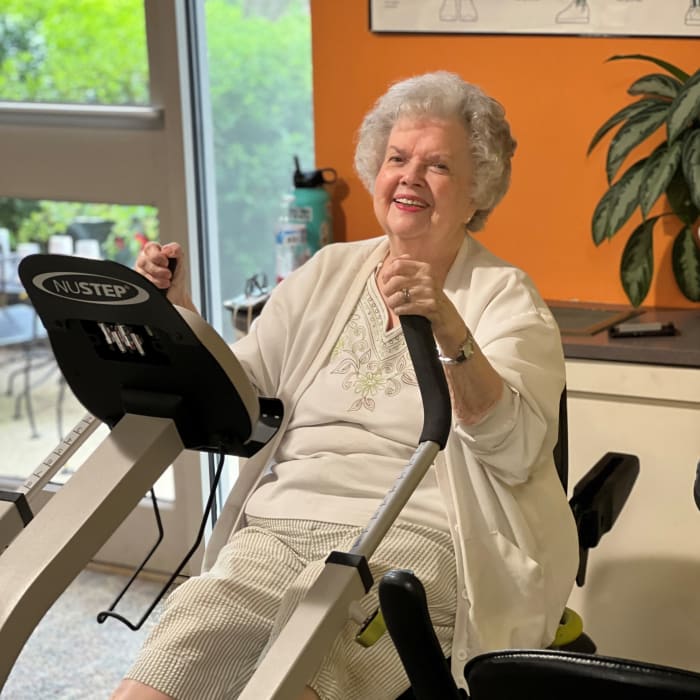Learning the lingo of long-term care planning
Searching for a senior living community to meet your current and future needs is one of the most important decisions you’ll ever make. It can be mind-boggling at first, especially if you’re not familiar with the terms that are often used when comparing the types of care and costs involved.
There are some important distinctions to make about the level of care and costs covered, and it helps when you know the language of long-term care planning. Let’s decode some of the terms used to describe long-term care planning options for seniors.
Long-term care insurance
Long-term care insurance can help cover the cost of assistance you may need with activities of daily living as you grow older, such as bathing, dressing, taking medications and eating. People often consider buying long-term care policies in their mid-50s to mid-60s, as prices increase as you age. Older retirees may be ineligible due to age or a medical condition, or the cost may be out of reach.
Benefits: Long-term care insurance can be used in multiple ways — for home health care, assisted living or skilled nursing care. It may also work nicely in combination with a life care contract or specific care contracts offered by senior living communities. Part or all of your long-term care insurance premiums may also be tax-deductible.
Drawbacks: Premiums can be expensive; you are often ineligible for a plan if you have certain pre-existing medical conditions and capped benefit levels may fall short in covering the rising costs of care you may need.
Continuing care retirement community
Continuing care retirement communities (also known as CCRCs and Life Plan Communities), are designed to provide a smooth transition as you age and may need future health care. These communities offer a full range of living and care options within the same community/campus including independent living, assisted living, memory care and skilled nursing. Residents have the added security of moving from one level of care to another as their needs change without having to leave the community. The services and contracts vary for each community and can often include the cost of housing, meals, amenities, limited transportation, social activities and more in monthly fees. Continuing care retirement communities can have a wide range of contract options including entrance fees, rental rates and monthly service fees.
Benefits: Living in a life plan community often gives you access to restaurant-style dining, cultural opportunities, social engagements, housekeeping, a wide-range of amenities, and a full continuum of care when needed without leaving your friends, spouse and the community you call home.
Drawbacks: Your costs may vary significantly by community based on contracts, services, amenities and levels of care. Careful research must be completed to be sure you understand your options and are selecting the appropriate community.
Life care contract
A life care contract is a specific contract type offered at a continuing care retirement community. A life care contract typically has an entrance fee and is a financial agreement providing a set of health care benefits within the community. It allows you to advance to higher levels of care when needed without an increase in your monthly service fee due to increased care being provided. With a life care contract, you have guaranteed access to high-quality care at predictable rates for your lifetime.
Benefits: A life care contract locks in your pricing for future care and helps protect your estate from unknown and increasing costs.
Drawbacks: While it has benefits, paying the entrance fee may require a significant financial commitment. Keep in mind, the entrance fee may be partially refundable to the resident or the resident’s estate.
Are you ready?
Planning your future is an important conversation, and you want to make sure you have all the bases are covered. Learn more about long-term care planning by calling one of our six Life Plan communities. Visit www.prescommunities.org for more information.






